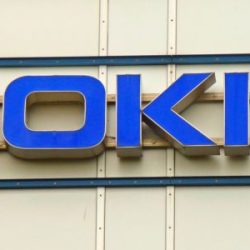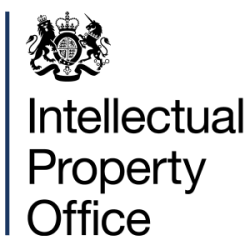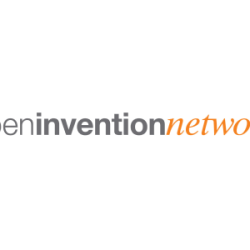 Introduction
Introduction
In recent years, former employees of Companies have launched innovative solutions to meet the needs of the public, such as the recent launch of Bluesky, a social media platform by Jack Dorsey, the former CEO of Twitter. These recent events have sparked conversations around the protection of the Intellectual Property (IP) of Companies after employees have left their employment and potential competition issues arising therefrom. To protect their intellectual property rights (IPRs) and prevent unhealthy competition, companies typically require employees to agree and sign non-compete agreements (NCAs) prior to their engagement.
Meaning of non-compete agreements and their impact on intellectual property
NCAs are contracts that limit former employees from engaging in competing businesses for a reasonable period after leaving their previous Company. NCAs aim to protect a Company’s IPRs and confidential information while also considering the employee’s desire to engage in a new business. However, NCAs have been criticized for limiting labour mobility and innovation. Thus, it is important to balance the need to protect the Company’s interests with the potential negative impact on workers and innovation. Some countries have made the use of NCAs illegal, and the United States Federal Trade Commission has proposed a rule to ban NCAs between employers and workers.
Also, the recent developments between Twitter and Bluesky have raised concerns about potential competition and IPRs infringement. Since Elon Musk became CEO, Twitter has faced several obstacles, while Bluesky gained traction as an independent organization in 2022 after being created in 2019 to build a decentralized social media standard. Although Bluesky is similar to Twitter, it has a distinguishing feature of decentralization, making it a complementing social media platform. The recent controversial changes to Twitter, such as the removal of the bluetick from VIPs and the requirement for monthly subscriptions, have sparked the interest of numerous social media users in Bluesky, as they consider it a more user-friendly application. This interest has raised questions about potential competition and IPRs infringement between the two Companies. Additionally, there are concerns about whether Jack Dorsey negotiated an NCA with Twitter before leaving and the implications of Bluesky’s launch on any alleged NCA.
NCAs can benefit a Company by safeguarding intellectual property rights, maintaining clientele, and protecting trade secrets. However, they can also limit job opportunities, hinder innovation, and impede the growth and development of a sector. It is important to have a well-drafted clause that balances the needs of the Company with the rights and opportunities of an employee.
In the ever-evolving business dispensation, it is crucial for Companies to adequately protect IPRs by executing well-articulated NCAs that safeguard rights and balance the need to foster innovation and creativity.
Alternative options for the protection of the intellectual property rights of companies without non-compete agreements
Asides from entering into well-drafted NCAs with employees, there are other ways to protect the IPRs of the companies and also promote the innovation and creativity of the employees. These include:
- Use of Confidentiality Agreements: Companies may require their employees to sign confidentiality agreements that prohibit the disclosure of confidential information or trade secrets. These agreements can remain effective even after an employee leaves the Company and offer comparable protection to non-compete agreements without impeding an employee’s career mobility.
- Non-Disclosure Agreements (NDAs): NDAs can also prohibit employees from revealing confidential information or trade secrets. Unlike confidentiality agreements, NDAs can be more detailed and customized according to the Company’s requirements.
- Training and Education: Companies can invest in employee training and education programs to raise awareness about the importance of safeguarding confidential information and trade secrets. By educating their employees on the value of these assets and the potential consequences of their disclosure, Companies can mitigate the risk of employees disclosing sensitive information to a competitor.
Conclusion
NCAs have their benefits and drawbacks. While they can shield a Company’s intellectual property and trade secrets, they can also shackle innovation and limit employees’ career mobility. To balance the protection of their interests and promote innovation, Companies can explore alternative methods of protection as enumerated above, and more importantly, they must consider the impact of NCAs on their employees, industry, and overall innovation and weigh the benefits against the potential negative effects.
Written by Stanley Umezuruike, Associate, Stren & Blan Partners











